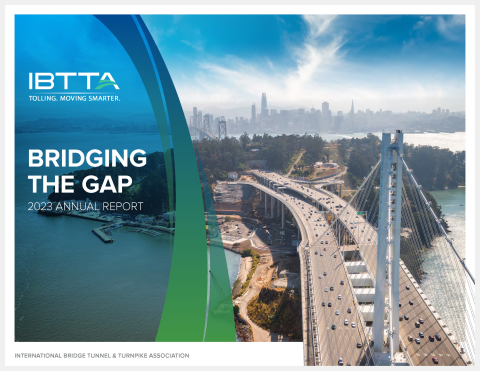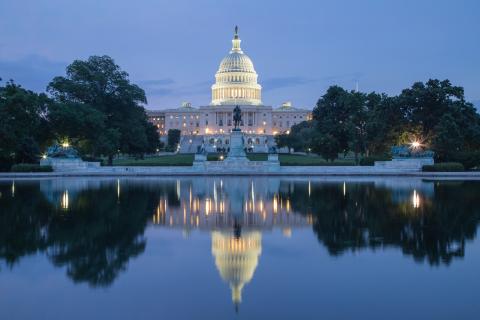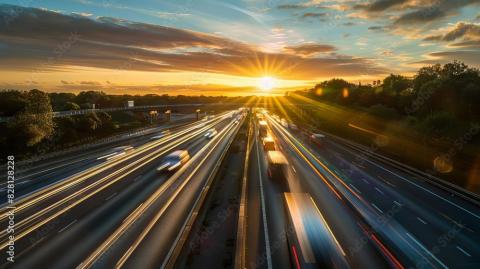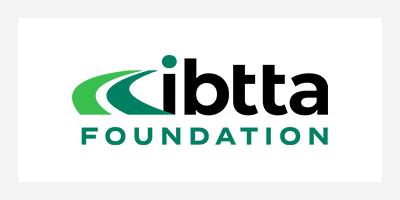- Home
- IBTTA Insights
- Wisconsin Weighs Local Impact of Highway Delays
Stories
Wisconsin Weighs Local Impact of Highway Delays


Highway congestion and deterioration is beginning to emerge as a pressing policy issue in Wisconsin, as the state begins attaching dollar figures to the poor condition of its transportation infrastructure.
Last week, local drivers in Milwaukee learned that they’re paying $2,060 per year and losing 38 hours on the road due to congestion and collision delays. For Madison, the hit is $2,072 and 36 hours. The local figures come from TRIP, a national transportation research group that has been rolling out state and local data on the impact of America’s infrastructure funding crisis.
“Drivers are not only hitting potholes every day, but it's also affecting their wallets," said Carolyn Kelly, TRIP’s associate director of research and communications.
Message Received
In Wisconsin, local opinion makers are getting the message.
“There are no magic beans here, you're going to have to pay one way or the other,” said Steve Baas, a senior vice president at the Metropolitan Milwaukee Association of Commerce. “I'm not saying all the options will be preferable in the end, but everything should be in the discussion.”
The state’s manufacturers need good roads to get their product to market, Baas told the Journal Sentinel, and business could suffer “if you can’t move those things to market.”
Peter Skopec, director of WISPIRG, agreed that “local roads are in abysmal shape across the state, especially in rural Wisconsin. The farther north you get, the worse it gets. That's because we prioritized highway expansion over maintaining what we have. It's left us with more expensive infrastructure that we can't pay to maintain.”
All Highway Funding is Local
TRIP’s method of reporting highway congestion data responds to a cardinal truth about transportation decision-making: To build state-level support for tolling, or any other funding or financing mechanism, it’s best to remember that the highway funding crisis is always local.
Anyone who covers transportation finance in Washington, D.C. can recite the big numbers—the $100 billion per year required to upgrade America’s roads and bridges, according to the latest Report Card from the American Society of Civil Engineers (ASCE), or the $1-trillion, 20-year price tag to reconstruct the interstate highway system.
But if you’re a Wisconsin commuter stuck in traffic, TRIP’s numbers are a lot more meaningful. The organization is gradually rolling out local data for different parts of the country, from Oklahoma to Alabama to Tennessee.
“Enhancing critical transportation assets will boost the economy in the short term by creating jobs in construction and related fields,” TRIP noted in a national overview earlier this year. “In the long term, these improvements will enhance economic competitiveness and improve the quality of life by reducing travel delays and transportation costs, improving access and mobility, improving safety, and stimulating sustained job growth.”
It cited a Federal Highway Administration estimate on the economic benefits of highway maintenance, noting that “each dollar spent on road, highway, and bridge improvements results in an average benefit of $5.20 in the form of reduced vehicle maintenance costs, reduced delays, reduced fuel consumption, improved safety, reduced road and bridge maintenance costs, and reduced emissions as a result of improved traffic flow.”
If you’re concerned about highway conditions, congestion and funding, please sign up to receive our blog postings and be sure to attend one of our many conferences throughout the year

Joining IBTTA connects you to a global community of transportation professionals, offering unmatched opportunities for networking, knowledge-sharing, and collaborative innovation in the tolling and transportation sector.
Follow IBTTA on social media for real-time updates on transportation trends and collaborative opportunities.





